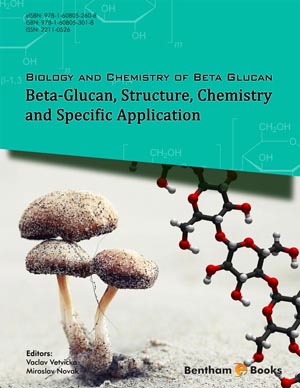Abstract
Administration of β-glucans through immersion, dietary inclusion, or injection was found to enhance many innate immune responses, resistance to bacterial and viral infections, resistance to pathological and environmental stresses, and growth performance in many shrimp species. This chapter focuses on the efficacy of the glucan administration: (1) as influenced by types of glucans, methods of administration, and shrimp species; (2) on shrimp bacterial and viral diseases as well as humoral and cellular immune responses; (3) on expression of defense-related genes; and (4) on growth and stress tolerance of shrimp. Despite that β-glucan administration is fairly effective in stimulating immune response activities and diseases resistance, the practice of dietary inclusion or drug immersion is not widely practiced in shrimp farms and feed mills, mostly because of the cost of the treatment. Development of more cost-effective glucans as well as more efficient administration methods will facilitate the routinely and prophylactic use of β-glucans as the immunostimulants of shrimp.
Keywords: Glucan, shrimp, infection, diet, resistance, disease, aquaculture, breeding, stock, administration route, schedule, brooders, defense, immunostimulants, life cycle stage, WSSV, Vibrio, gene expression, treatment, immune response.






















